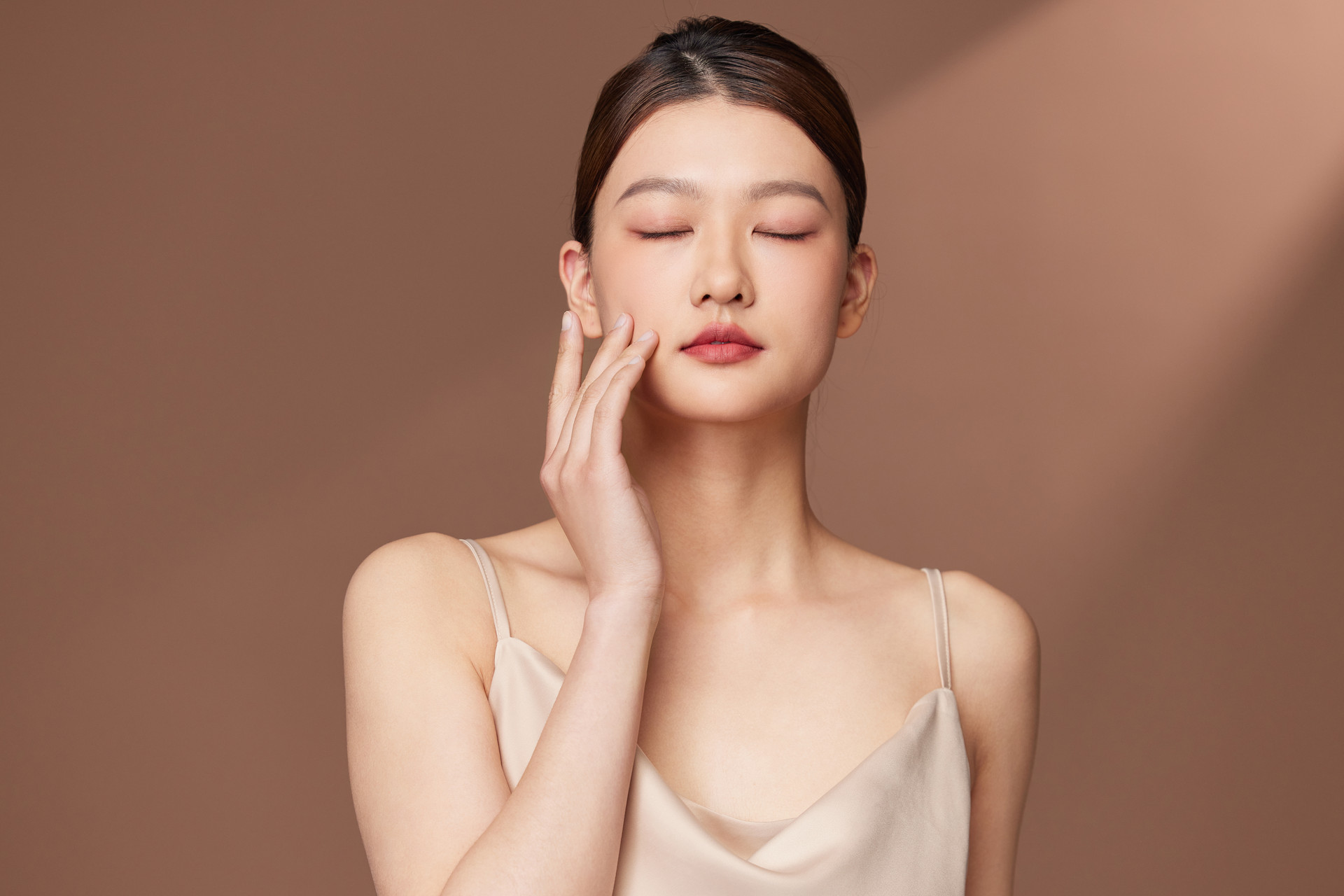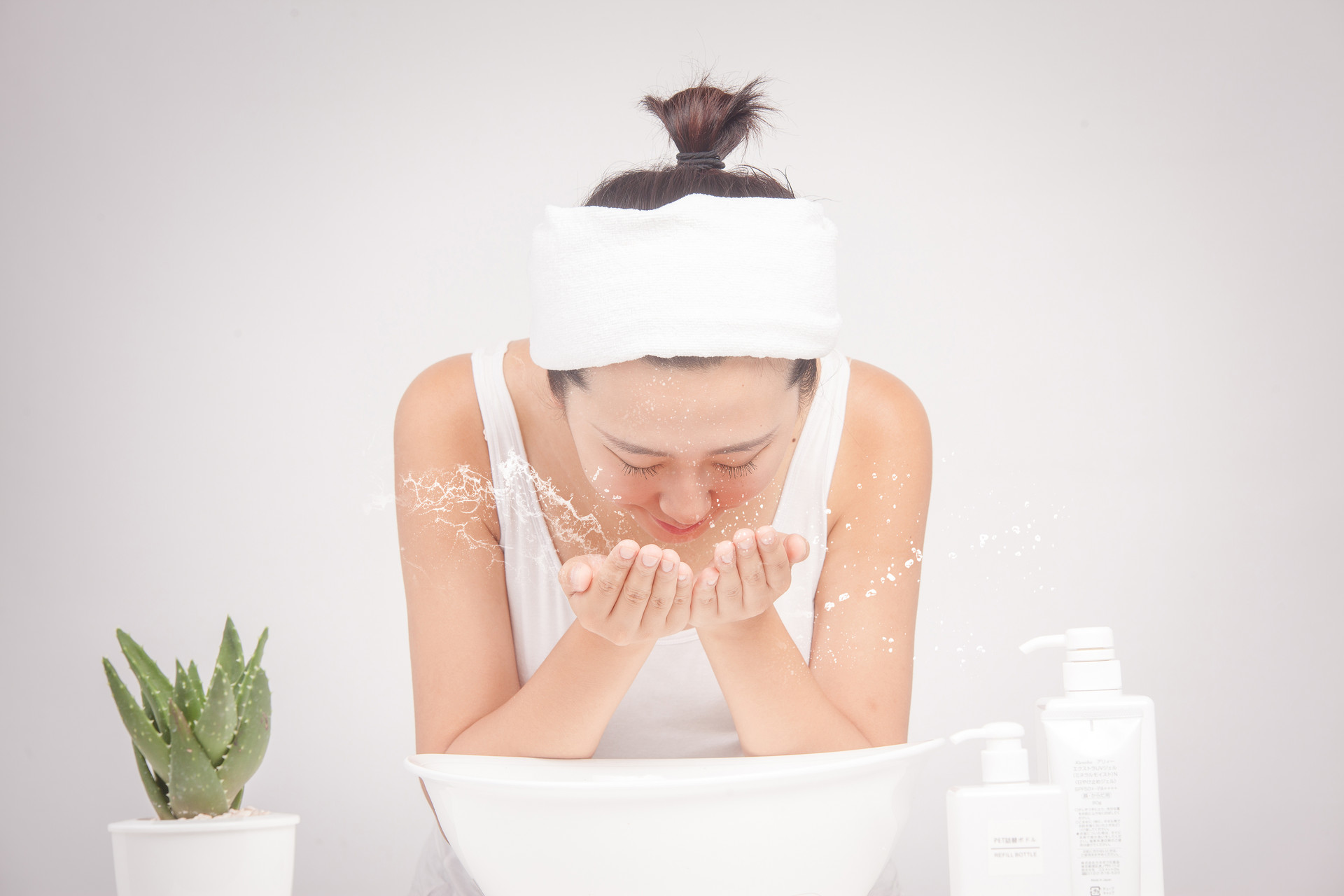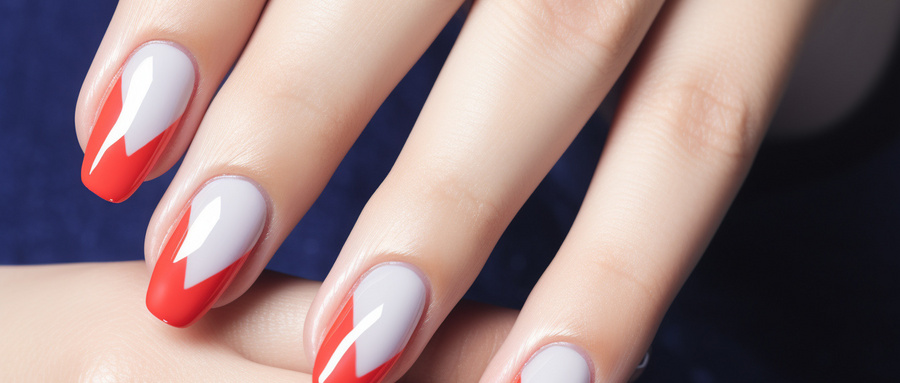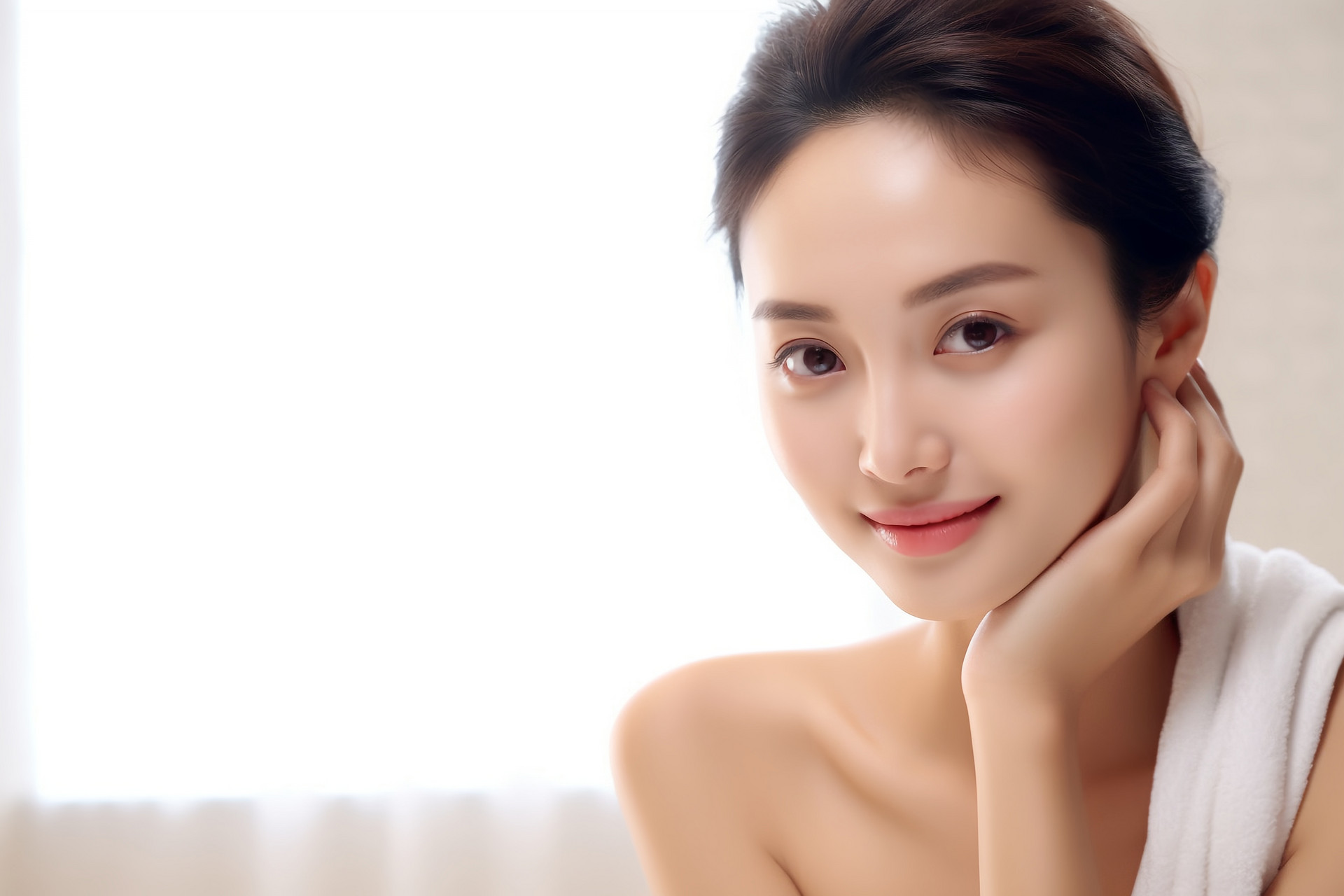Traditional Chinese medicine beauty has a long history and rich experience. More than 2000 years ago, the Han tomb in Changsha, Hunan recorded the contents of traditional Chinese medicine beauty. The earliest pharmacological monograph in China, "Shennong's Materia Medica," records more than 160 types of medicine with cosmetic and health benefits. The classic work of traditional Chinese medicine, "Huangdi Neijing," laid the theoretical foundation for traditional Chinese medicine beauty and health. Under the guidance of traditional Chinese medicine theory, countless doctors have repeatedly practiced and accumulated a set of systematically improved traditional Chinese medicine beauty and health prescriptions. Some of these prescriptions have been repeatedly used in combination and are worth learning. I will summarize them for everyone's benefit.
Spot Removal and Whitening Medicines
These medicines can eliminate spots, moisturize the skin, and are suitable for people with dull complexion, dark spots, and melasma.
Rose and Saffron
Rose has a pungent and sweet taste, slightly warm in nature, and has the effects of regulating qi, resolving depression, promoting digestion, activating blood circulation, and dispersing stasis. Rose has been used as a medicinal and food dual-use herb since ancient times. It is traditionally distilled to make rose hydrosol, which has a fragrant smell and can promote blood circulation and soothe emotions.
Saffron, also known as safflower or Iranian saffron, has a sweet taste with a slight bitterness. It has the effects of activating blood circulation, resolving stasis, nourishing yin, and nourishing blood. In clinical practice, saffron is commonly used to prevent and treat dysmenorrhea, irregular menstruation, and improve immune function. Modern research has found that saffron extract, especially crocetin, can effectively inhibit the activity of oxygen free radicals and xanthine oxidase.
When these two medicines are used together, they can regulate qi and activate blood circulation, effectively improving dull skin caused by qi and blood stagnation.
Rose and Lotus
Rose, also known as Rosa rugosa, is not only an ornamental flower but also a good herb for gynecological disorders. Traditional Chinese medicine believes that rose has a sweet and warm nature and enters the liver meridian. It has the effects of promoting blood circulation, regulating menstruation, reducing swelling, and detoxification. It is used to treat irregular menstruation, dysmenorrhea, and dark spots associated with hormonal imbalance. Rose can be decocted into a soup or brewed as a tea.
Lotus, also known as Nelumbo nucifera, has a sweet and bitter taste and a neutral nature. It belongs to the heart and liver meridians. It has the functions of resolving stasis, stopping bleeding, and clearing the heart and removing spots. "Compendium of Materia Medica" describes lotus as "calming the mind and enhancing beauty, preserving youth and lightening the body." It can be ground into powder for internal use, brewed as a tea, or used externally for poultice to be absorbed through the skin.
When these two medicines are used together, especially in hot and humid weather, fresh lotus can be used as a tea substitute to clear the mind, activate blood circulation, calm the mind, and nourish the skin. It is a convenient combination of Chinese medicine.
Pearl Powder and Dahurian Angelica
Pearl has a sweet and salty taste, a cold nature, and belongs to the heart and liver meridians. It has been a top-grade beauty and health product in traditional Chinese medicine. Modern research has found that pearl contains proteins and various amino acids, which can nourish and moisturize the skin and eliminate aging free radicals. However, the nutrients in pearl are not easily absorbed by the human body, so it is commonly used for external application in the form of fine powder.
Dahurian Angelica has a salty and pungent taste, a neutral nature, and belongs to the lung and liver meridians. It has the effects of dispelling wind and dampness, opening the orifices, relieving pain, reducing swelling, and promoting suppuration. Throughout history, medical practitioners have believed that Dahurian Angelica can promote blood circulation and make the skin fair and moisturized without dryness. Dahurian Angelica has a fragrant taste and a fine texture, so it is often used as the main ingredient in ancient cosmetic powders. Modern research has shown that Dahurian Angelica contains imperatorin, which can dilate arteries. Therefore, when Dahurian Angelica is finely powdered and applied externally to the face, it can dilate the facial blood vessels and make the skin rosy and radiant.
When these two medicines are used together for external application, they complement each other, not only promoting blood circulation but also moisturizing the skin.
Cleansing and Acne Medicines
These medicines are mostly suitable for infectious skin diseases or acne during adolescence.
Wild Chrysanthemum and Honeysuckle
Wild Chrysanthemum has a bitter and pungent taste, slightly cold in nature, and belongs to the lung and liver meridians. It is mainly used for abscesses, carbuncles, sore throat, and red eyes caused by wind and fire.
Honeysuckle has a bitter taste, a cold nature, and belongs to the gallbladder, heart, and lung meridians. It has the effects of clearing heat, detoxifying, resolving abscesses, and dispersing nodules. "Compendium of Materia Medica" lists it as a top-grade herb with antibacterial and anti-inflammatory properties, and it can be used to treat acne and other skin diseases.
When these two medicines are used together, they can be taken internally to clear heat and externally to cleanse the skin and reduce inflammation, effectively treating infectious skin diseases.
Dandelion and Hedyotis Diffusa
Dandelion, also known as Taraxacum mongolicum, has a bitter and sweet taste, a cold nature, and belongs to the liver and stomach meridians. It has the effects of clearing heat, detoxifying, resolving abscesses, and promoting blood circulation. It is often used to treat breast abscesses and swelling. Modern research has shown that dandelion decoction has significant inhibitory effects on Staphylococcus aureus, hemolytic streptococcus, and pneumococcus, and it can be used internally and externally to treat facial acne and skin inflammation.
Hedyotis Diffusa, also known as Oldenlandia diffusa, has a sweet and sour taste, a cold nature, and belongs to the liver and pericardium meridians. It has the functions of invigorating blood circulation, promoting blood stasis, and cooling blood. "Southern Yunnan Materia Medica" states that it can relieve itchy skin, dispel wind, and reduce fever. "Xu's Obstetrics and Gynecology Prescriptions" uses Hedyotis Diffusa to treat irregular menstruation, itchy skin, and acne.
When these two medicines are used together, they can invigorate blood circulation and dispel stasis, effectively treating skin diseases caused by heat-toxin accumulation and heat invading the blood.
Health and Beauty Medicines
These medicines, when taken for a long time, can promote health and have good effects on people with congenital deficiencies, qi and blood deficiency, and signs of fatigue, such as a dull complexion and physical weakness. They are not only for health maintenance but also for beauty, hence the term "health and beauty".
Goji Berries and Longan
Goji berries have a sweet taste, a neutral nature, and belong to the spleen and kidney meridians. They have the effects of nourishing the liver and kidneys, nourishing essence, and improving eyesight. Traditional Chinese medicine has long regarded them as a top-grade herb for longevity. Modern research has shown that goji berries contain various natural vitamins and amino acids, which have the effects of preventing fatigue and anti-aging.
Longan has a sweet taste, a warm nature, and belongs to the heart, spleen, and lung meridians. It has the effects of nourishing blood, calming the mind, and invigorating the spleen. Longan flesh has always been considered a nourishing beauty product. It is suitable for people with heart and spleen deficiency, qi and blood deficiency, and symptoms of dry and withered complexion, premature graying of hair, and dry and dull hair. It is generally taken internally, roasted and ground into powder, or made into pills with honey. Modern research has shown that longan is rich in natural sugars, proteins, fats, and various vitamins and trace elements, which have the effect of supplementing nutrition.
When these two medicines are used together, they can nourish blood and tonify the kidneys.
Ophiopogon and Dwarf Lilyturf
Ophiopogon has a sweet and bitter taste, a cold nature, and belongs to the lung and kidney meridians. It has the effects of nourishing the lungs, nourishing the kidneys, clearing heat, and nourishing yin. It is first mentioned in the "Shennong's Materia Medica" and is listed as a top-grade herb. It is praised for its long-term use in lightening the body, nourishing qi, and prolonging life. Some medical practitioners make Ophiopogon into pills for oral administration to nourish the kidneys and maintain health. It is also recorded for external use to treat dull skin and dry and cracked skin. Modern pharmacological research has found that Ophiopogon is rich in 19 amino acids, Ophiopogonin, and various oligosaccharides, which indeed have the effect of enhancing nutrition, moisturizing dryness, and nourishing the skin.
Dwarf Lilyturf has a sweet and sour taste, a cold nature, and belongs to the liver, heart sac, and lung meridians. It has the functions of promoting blood circulation, resolving blood stasis, cooling blood, and dispelling wind. "Dian Nan Materia Medica" states that it can relieve skin itching and dispel wind and heat. "Xu's Obstetrics and Gynecology Prescriptions" uses Dwarf Lilyturf to treat irregular menstruation, itchy skin, and acne.
When these two medicines are used together, they can be taken orally or applied externally, nourishing yin, moisturizing dryness, and promoting health and anti-aging.
Hair Growth and Hair Darkening Medicines
Mulberry Fruit and Black Sesame
Mulberry fruit has a sweet taste, a cold nature, and belongs to the liver and kidney meridians. It has the effects of nourishing the liver and kidneys, nourishing blood, and dispersing wind. It is suitable for people with liver and kidney essence deficiency, wrinkles, early graying of hair, and fatigue.
Black sesame has a sweet taste, a neutral nature, and belongs to the liver, kidney, and lung meridians. It has the effects of nourishing the liver and kidneys, nourishing essence, darkening hair, moistening the intestines, and lubricating the skin. It is used to treat dry and withered skin and hair, premature graying of hair, and lackluster hair. It is usually taken internally by roasting and grinding into fine powder or making pills with honey. Modern research has shown that black sesame is rich in natural vitamin E, lecithin, and unsaturated fatty acids, which can slow down aging, resist atherosclerosis, and nourish the hair and skin.
When these two medicines are used together, they can nourish the liver and kidneys, promote hair growth, and darken the hair. The natural plant pigments they contain can darken the hair. Their combination has excellent effects on health maintenance, hair growth, and hair darkening.
Fat Reduction and Weight Loss Medicines
Raw Hawthorn and Lotus Leaf
Raw hawthorn has a sour and sweet taste, slightly warm in nature, and belongs to the spleen, stomach, and liver meridians. It has the effects of aiding digestion, resolving blood stasis, reducing fat, and promoting weight loss. Pharmacological experiments have proven that hawthorn can reduce blood lipid levels, dilate coronary arteries, improve myocardial blood flow, and have a cardiotonic effect. It can also inhibit monoamine oxidase and has anti-aging effects. Therefore, it is effective for weight loss, reducing fat, enhancing the heart, and anti-aging.
Lotus leaf has a bitter and astringent taste, a neutral nature, and belongs to the heart, spleen, and liver meridians. It has the functions of invigorating the spleen, dispelling dampness, diuresis, and reducing swelling. It can be used internally or decocted into a soup to treat simple obesity.
When these two medicines are used together, they can aid digestion, dissolve stasis, invigorate the spleen, and reduce swelling. Long-term use can achieve the goal of fat reduction and weight loss.
Tangerine Peel and Winter Melon Peel
Tangerine peel has a pungent and bitter taste, a warm nature, and belongs to the lung and spleen meridians. It has the effects of promoting qi circulation, invigorating the spleen, drying dampness, and resolving phlegm. It is suitable for people with obesity due to spleen deficiency and phlegm dampness.
Winter melon peel has a sweet taste, a cool nature, and belongs to the heart, lung, and stomach meridians. It has the effects of promoting diuresis, eliminating dampness, reducing swelling, and clearing heat. It can treat edema and has a cooling and heat-clearing effect.
When these two medicines are used together, one is warm and the other is cool, and they complement each other. They are effective for general obesity caused by spleen deficiency and dampness. They can be taken for a long time.
Traditional Chinese medicine beauty and health not only rely on the treatment of Chinese herbal decoctions but also on the long-term adherence to good dietary and lifestyle habits. These medicinal combinations are precise, simple, and easy to use. They are small in size but have significant effects. Patients are compliant, and doctors are skilled in using these medicines. They can conveniently and effectively achieve the goal of beauty and health.







